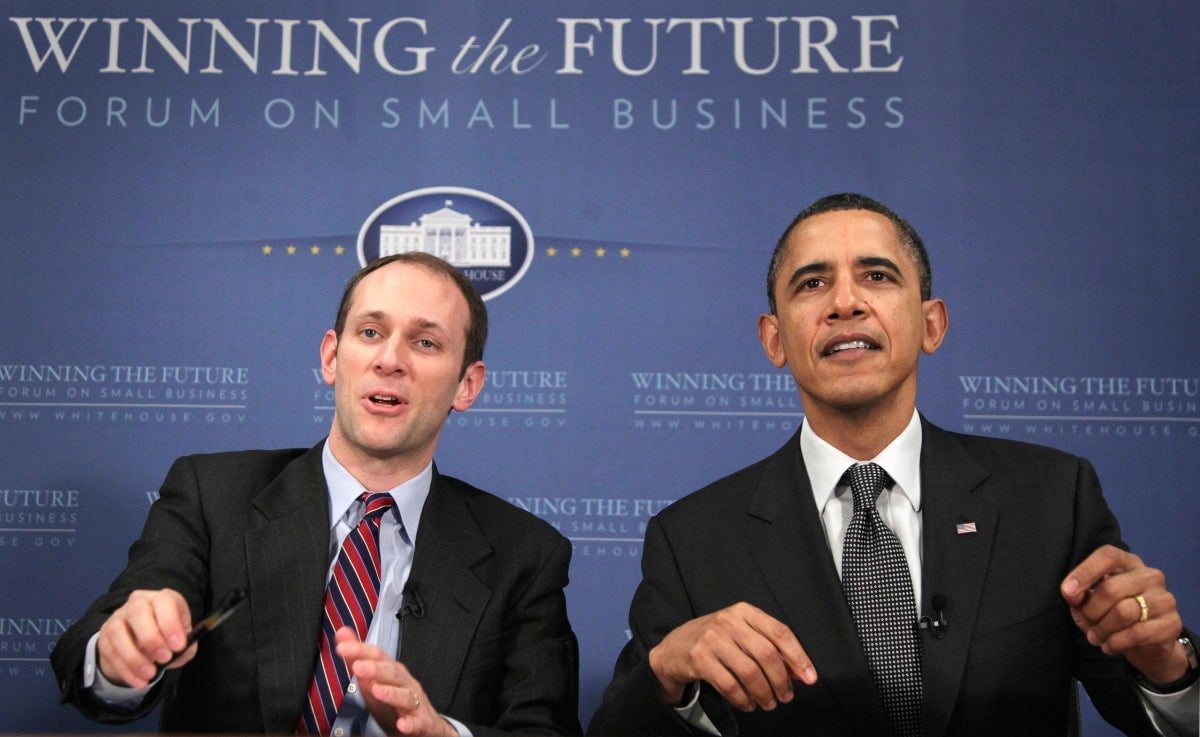Obama adviser says the American auto bailout is still under water—but a success
At economics blog Modeled Behavior, Adam Ozimek spies what he thinks is an inconsistency: former Obama administration economist Austan Goolsbee saying, in a survey, that the costs of the US government’s bailout of the auto industry exceeded the benefits. In other words, Barack Obama campaigned on—and Goolsbee defended—a bad plan.

At economics blog Modeled Behavior, Adam Ozimek spies what he thinks is an inconsistency: former Obama administration economist Austan Goolsbee saying, in a survey, that the costs of the US government’s bailout of the auto industry exceeded the benefits. In other words, Barack Obama campaigned on—and Goolsbee defended—a bad plan.
Ever a sucker for an easy challenge, I e-mailed Goolsbee for a reaction. Here’s what he said when asked whether the costs of the auto rescue exceeded the benefits:
Obama’s part of the bailout likely did (we’re still not fully out of the positions) but there were appx $18 billion given by the Bush administration which largely just kept them alive until Obama took office and if you add that $18b I believe the total is somewhat underwater, as a factual matter. Nothing new here.
[Outgoing Bush administration economic adviser]Keith Hennessey got mad at me at the time for saying that they hadn’t put in enough conditions initially and had punted the problem to us. He said they should be applauded for having provided the $ to give us the leeway to decide what to do.
Here’s his explanation: The initial tranche of the auto bailout came from the Bush administration. When it was set to expire early in Obama’s term, there was a debate about whether and how to continue supporting the companies—a debate where Goolsbee reportedly argued against continuing public support, as Ozimek points out.
Regardless of the internal discussion, the Obama administration would finance General Motors and Chrysler through working bankruptcies that cut costs and allowed them to operate, to this day, with fair success. But the government still owns lots of stock in GM, and until the stock price improves, the cost of the bailout is estimated to be $25 billion, which could roughly break even when you subtract that initial $18 billion.
Goolsbee’s argument with Hennessey dates to 2009, you can read Hennessey’s detailed response, which makes the case that the Bush administration’s decision was a pragmatic move to maintain stability during a time of crisis.
So Goolsbee isn’t abandoning the auto bailout (even if he might not have agreed with it to begin with). He just wishes decisive action was taken sooner—a criticism heard about nearly every policy decision made in the crisis.